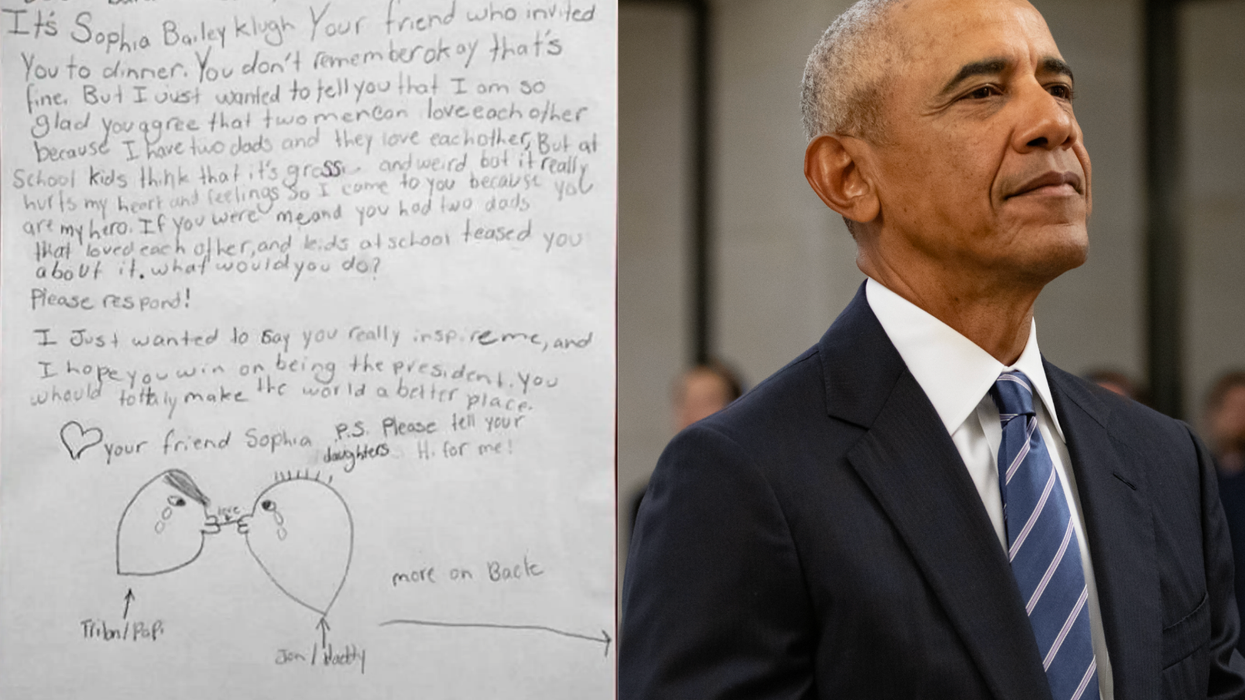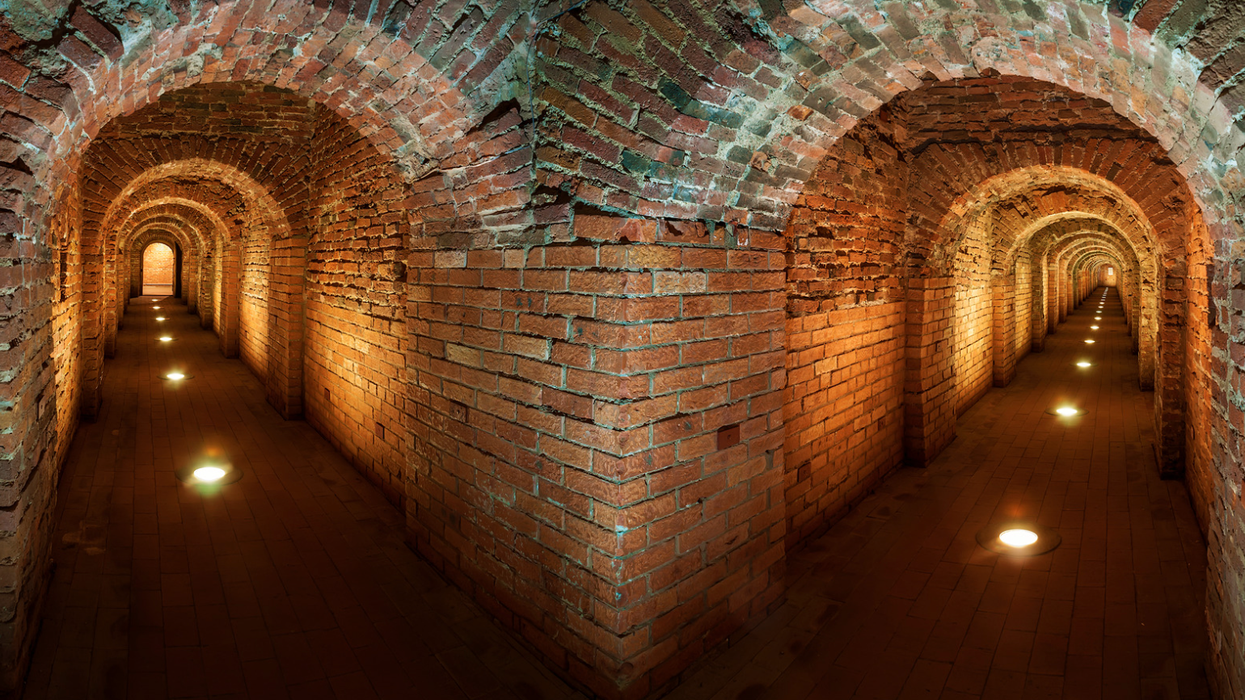The 216 inmates of the Snake River Correctional Institution’s Intensive Management Unit (IMU) dealt with some of the harshest punishment meted out in Oregon. Twenty-three hours a day, the prisoners were on their own inside their cells; the single hour they were allowed outside was still spent in solitude. Nearly two-thirds of the inmates suffered from mental illness, the Oregonian reports, and the isolation didn’t help. In fact, the IMU suffered from the one of highest suicide rates in the prison.
"I've seen over the years how an inmate will come into the facility, and they'll almost appear to be completely normal," Capt. Randy Gilbertson, who oversees the IMU, told the paper. "After a phase of isolation, those guys—especially those guys with mental health issues—tend to decompensate. They break down and go a different route. And it brings out a whole different person in them."
Could nature—even faux nature—help those inmates survive prison?
University of Utah biologist Nalini Nadkarni first tackled that untraditional question in 2007, at the start of her partnership with the Washington State Department of Corrections. A number of studies have found that interactions with nature are a serious mood booster. So Nadkarni’s program trained inmates to raise—what else?—endangered frogs.
Then the Snake River facility called in late 2012 or early 2013. A prison official had seen a TEDTalk on nature rehabilitation that Nadkarni had given a few years before, and he wanted the biologist to bring her approach to some of the most dangerous prisoners in Oregon.
That’s when Nadkarni came up with the Blue Room. Equipped with a $1,500 projector, the windowless Blue Room plays loops of National Geographic documentaries, accompanied by the sounds of nature: the soft hiss of the breeze, the crash of waves against a beach.
From the Washington Post:
The results were staggering. The inmates filtered in for an hour. When they emerged, they felt calmed. “When I’m irritated, it’s something soothing to me,” one inmate said in a questionnaire that Nadkarni administered. “I have pent up tension. Sometimes, [this helps] my mood mellow out.” Others said it gave them an “escape,” and helped them sleep better.
But officials saw something else. It became a tool to defuse a potentially volatile situation. If an inmate was stressed over something, they would recommend some time in the Blue Room. Or the inmates would request it.
Nadkarni is still writing up Blue Room experiment’s initial results, but she says they indicate that individual prisons could save “thousands” by using nature imagery to calm down otherwise violent inmates. She and Oregon officials say the Blue Room could change the way prisons handle solitary confinement.
After all, many of these inmates will one day reenter the wider world. “Whatever we can do to men and women while incarcerated to make them more human, less violent, less anxious, it seems that benefits society as a whole,” Nadkarni told the Seattle Times.
(Via Washington Post)















 Otis knew before they did.
Otis knew before they did.